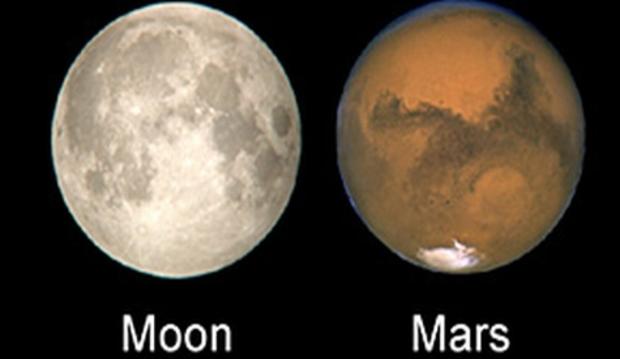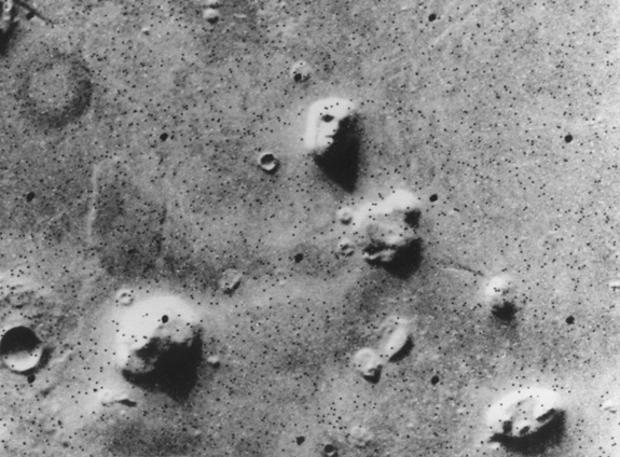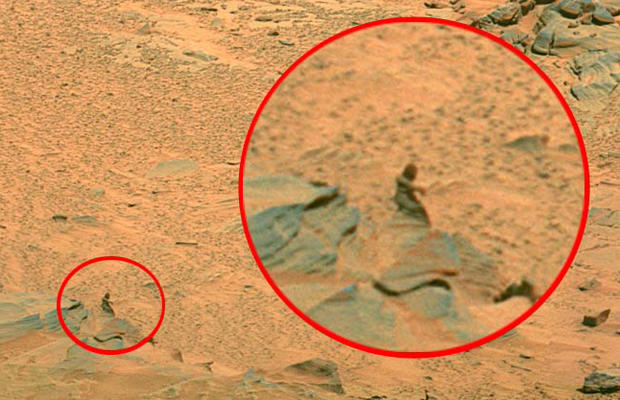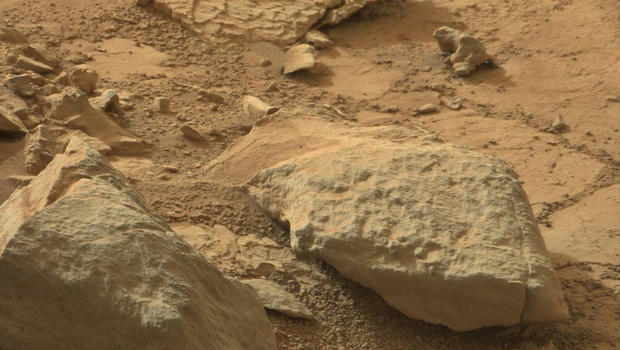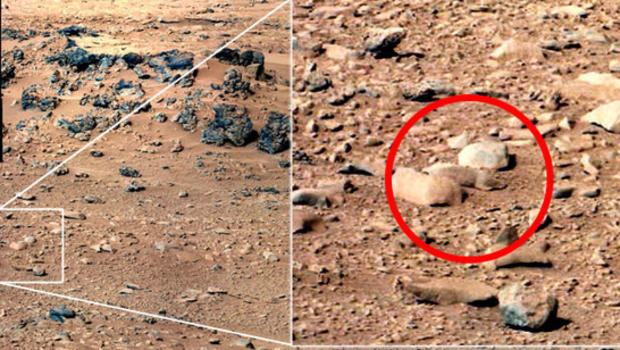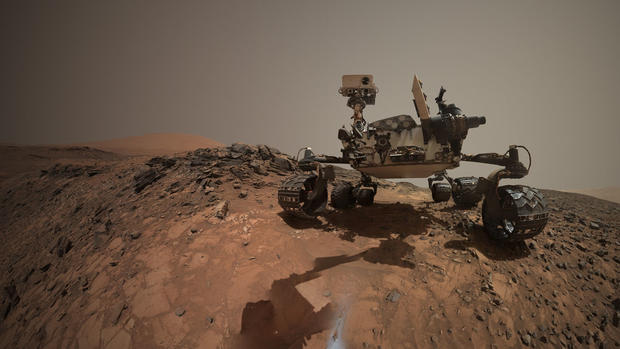Mars myths: 6 Red Planet hoaxes, exposed
By ELIZABETH HOWELL
Every year in August, the same Mars message circulates across the Internet: The Red Planet will appear "as big as the full moon" in the sky, as seen with the naked eye. The problem is, it's not true: Skywatchers won't be able to see a "double moon" in the late August sky.
The so-called Mars Hoax (which started in 2003 after a real-life close approach of Mars to the Earth) is just one of a series of false claims concerning the Red Planet.
Here are some misconceptions about Mars that just won't die.
Mars as big as the full moon?
The culprit for this hoax was an unsigned email advising people how to observe Mars during the planet's historically close approach to Earth in August 2003, said Space.com skywatching columnist Joe Rao. Readers apparently missed the line saying that it would take a 75-power magnification in a telescope to make Mars appear as big as the full moon.
Face on Mars
This hoax arose from a picture taken in 1976 by NASA's Viking 1 orbital spacecraft of a rocky outcrop in the Cydonia region of Mars. The appearance of what looks like a face (created by light and shadows) sparked discussions that it could have been some remnant of an ancient civilization. The "face on Mars" idea persisted even past 1998, when NASA and the European Space Agency began taking more pictures with higher-resolution cameras to show that the facelike shape on the planet's surface was a coincidence.
Woman on Mars
In 2007, NASA's Spirit rover captured a photo of what appeared to be a human figure (perhaps a woman) far in the distance. The mysterious photo lit up several Internet forums as users had hopes of confirming life on another planet. But astronomers quickly pointed out that the human shape is actually just a rock that is only a few inches high, but positioned very close to the camera. Plus, humans can't breathe on Mars. [Why Do We Believe in Mars Hoaxes?]
Iguana on Mars
In 2013, conspiracy sites reported a "creature" spotted in a photo captured by the Curiosity rover: an iguana. But as The Huffington Post pointed out at the time, the iguana, rat and other animals spotted in photos from the Red Planet have yet to be shown to be anything but oddly shaped rocks.
Rat on Mars
UFO buffs zeroed in on a portion of a panoramic photo taken by NASA's Curiosity rover in September 2012. These viewers spotted an object that looked like a rat lying between two rocks. While it's a creative idea, the "Mars rat" is unlikely, scientists have said. The Red Planet has extremely cold temperatures, is baked in radiation and lacks a thick, protective atmosphere like Earth's, making it an extremely hostile environment for life.
Life-bearing organics on Mars
Based on a vague quote from the Curiosity rover's chief scientist, rumors swirled in late 2012 that Curiosity found complex organic compounds (organics contain carbon, which can be a building block of life). But it turned out that the rover's organic findings were not complex organic compounds, and it was unclear to scientists if the carbon in them had originated on Earth and were brought to the Red Planet, or if they were truly Martian. Interestingly enough, proof of more-complex forms of organics were in fact found, in 2014.

